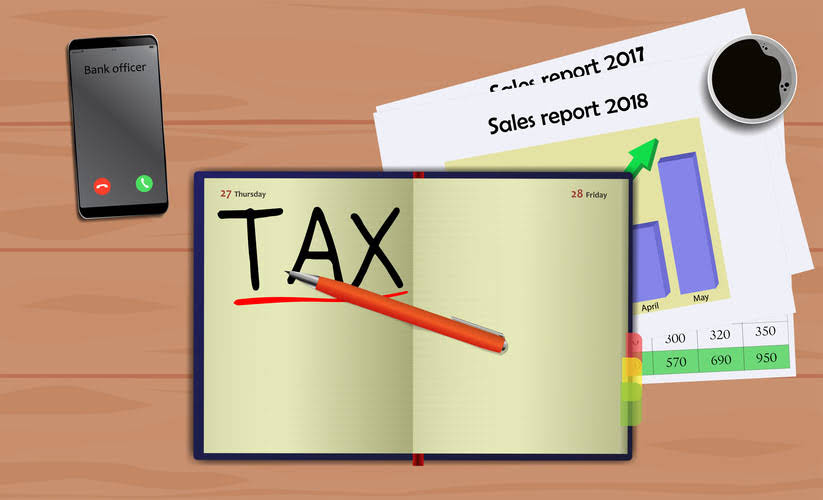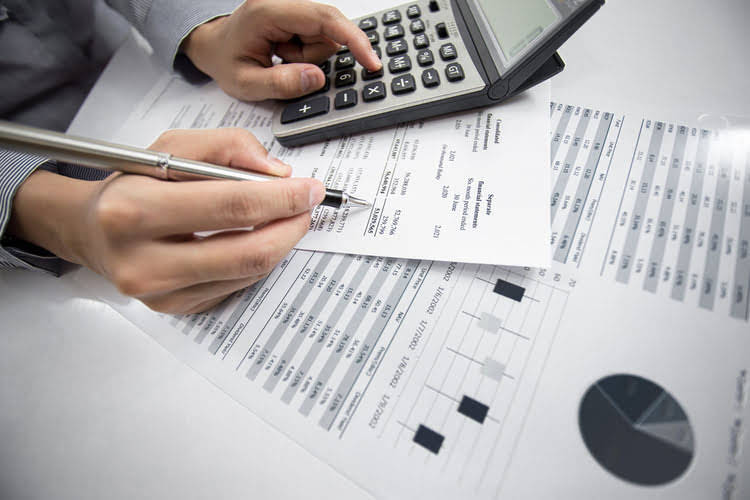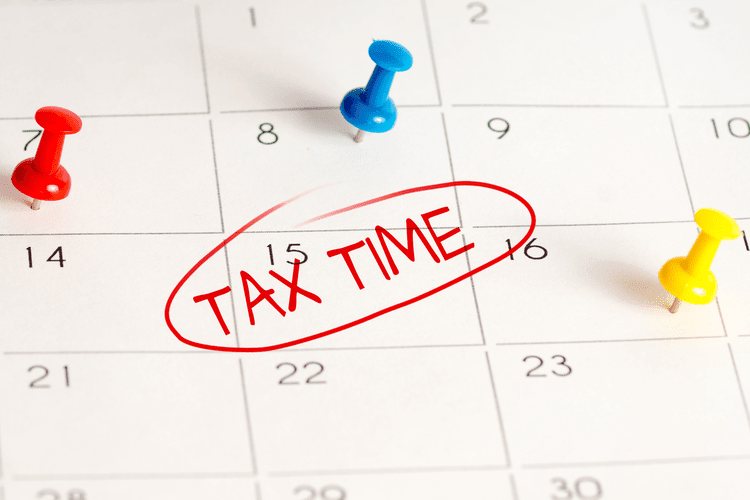Content
- Components Of Changes In Shareholders Equity
- It Can Tell You How Well You’re Running Your Business
- Format Of Statement Of Stockholders Equity
- Ways To Increase Equity On A Balance Sheet
- What Happens To Shareholder’s Equity When The Firm Issues More Shares?
- Business Activities That Contribute To Stockholders’ Equity

Note that the $95,000 appears as a negative amount because the outflow of cash for capital expenditures has an unfavorable or negative effect on the corporation’s cash balance. The $15,000 is a positive statement of stockholders equity example amount since the money received has a favorable effect on the corporation’s cash balance. The $30,000 received from selling an investment also had a favorable effect on the corporation’s cash balance.
However, common stockholders tend to have voting rights, whereas preferred stockholders usually don’t. Many of the other adjustments in the operating activities section of the SCF reflect the changes in the balances of the current assets and current liabilities.
Components Of Changes In Shareholders Equity
The simplest and quickest method of calculating stockholders’ equity is by using the basic accounting equation. Financial StatementsFinancial statements are written reports prepared by a company’s management to present the company’s financial affairs over a given period . Shares IssuedShares Issued refers to the number of shares distributed by a company to its shareholders, who range from the general public and insiders to institutional investors. They are recorded as owner’s equity on the Company’s balance sheet. The following are the components of the stockholder’s equity statement.
- In this example, subtract $465 million from $530 million to get $65 million in net income.
- However, if you paid the company $50 for those 100 shares, you are paid in excess of the par value.
- What you need to know about this portion of the balance sheet.
- However, common stockholders tend to have voting rights, whereas preferred stockholders usually don’t.
- Statement of shareholders equity is normally prepared in vertical format, i.e. the equity components appear as column headings and changes during the year appear as row headings.
Note that the company had several equity transactions during the year, and the retained earnings column corresponds to a statement of retained earnings. Companies may expand this presentation to include comparative data for multiple years. This format is usually supplemented by additional explanatory notes about changes in other equity accounts.
It Can Tell You How Well You’re Running Your Business
Treasury shares are issued by the company and later reacquired. The cost of these shares is deducted from stockholders’ equity. It is shown as the part of owner’s equity in the liability side of the balance sheet of the company. In an initial public offering, a set amount of stock is sold for a set price. After that, the stock can be traded freely, but the money that is paid directly to the company for that initial offering is the share capital. This is often referred to as “additional paid-in capital” or “contributed capital in excess of par” and is an amount that investors paid above the par value of stocks for a company.
What you need to know about this portion of the balance sheet. “EisnerAmper” is the brand name under which EisnerAmper LLP and Eisner Advisory Group LLC provide professional services. EisnerAmper LLP and Eisner Advisory Group LLC practice as an alternative practice structure in accordance with the AICPA Code of Professional Conduct and applicable law, regulations and professional standards. Eisner Advisory Group LLC and its subsidiary entities are not licensed CPA firms. The entities falling under the EisnerAmper brand are independently owned and are not liable for the services provided by any other entity providing services under the EisnerAmper brand. Our use of the terms “our firm” and “we” and “us” and terms of similar import, denote the alternative practice structure conducted by EisnerAmper LLP and Eisner Advisory Group LLC. EisnerAmper LLP is a licensed CPA firm that provides attest services, and Eisner Advisory Group LLC and its subsidiary entities provide tax and business consulting services.

It’s important to note that the recorded amounts of certain assets, such as fixed assets, are not adjusted to reflect increases in their market value. Current assets are the cash, inventory and accounts receivables. Also known as the book value of the company and is derived from two main sources, the money invested in the business and the retained earnings. The company makes dividend payments from the amount available in retained earnings. The payment of the dividend is at the option of the company, and it is not mandatory. There will be grand total figures at the top and bottom of the matrix for the total amount of beginning and ending shareholders’ equity.
Format Of Statement Of Stockholders Equity
Stockholder’s equity is the total value of assets owned by an investor after deducting and settling liabilities. It’s also referred to as shareholder’s equity or a company’s book value. Similar to owner’s equity, stockholder’s equity is the difference between assets and liabilities, but it’s in relation to a business. Calculating stockholder’s equity is a great way to start to understand the health of a corporation. The common stockholders have more rights in the company in terms of voting on the decision of the company, but when it comes to payment, they are the last ones on the priority list.
- If the statement of shareholder equity increases, it means the activities the business is pursuing to boost income are paying off.
- The amount of dividend payments to the shareholders is up to the company.
- Explore the three kinds of compensation, including examples of each type, and determine how these forms of compensation create an effective strategy for companies.
- The purpose of this statement is to convey any change in the value of shareholder’s equity in a company during a year.
- It also includes the non-controlling interest attributable to other individuals and organisations.
- Lower stockholders’ equity is sometimes a sign that a firm needs to reduce its liabilities.
Four owners, times 1,000 shares each, times par value of $0.01, results in a par value of $40. If company losses, excessive dividends or distributions lead to negative retained earnings it is called accumulated deficit. This also means liabilities exceed assets, and can indicate the company experiences financial difficulties. The payback period can be calculated from the amount of investment and the annual cash flow of a business. The stockholders’ equity is only applicable to corporations who sell shares on the stock market. For sole traders and partnerships, the corresponding concepts are the owner’s equity and partners’ equity.
Ways To Increase Equity On A Balance Sheet
In general, knowing the stockholder’s equity allows you to quantify your company’s net worth. For example, if your stockholder’s equity is a positive number, this means your company will be able to pay off its liabilities and you should be in good financial standing. DividendDividends refer to the portion of business earnings paid to the shareholders as gratitude for investing in the company’s equity. In short, the net income is the money left after you subtract expenses and deductions from the total profit. In this case, profit is the amount of money made after subtracting the cost of operations.
Unlike common stock, preferred shareholders do not receive voting rights. Companies must prepare a number of financial statements to comply with accounting regulations. In this lesson, you’ll learn about one of these statements, the statement of changes in equity. If a shareholder makes a contribution to a business in the form of cash or other means, their investment’s value in the business along with the value of each outstanding share will rise. This would appear on the balance sheet as an increase in stockholder’s equity. This is done either to increase the value of the existing shares or to prevent various shareholders from controlling the company. Additional Paid-in CapitalAdditional paid-in capital or capital surplus is the company’s excess amount received over and above the par value of shares from the investors during an IPO.
With various debt and equity instruments in mind, we can apply this knowledge to our own personal investment decisions. Although many investment decisions depend on the level of risk we want to undertake, we cannot neglect all the key components covered above. Bonds are contractual liabilities where annual payments are guaranteed unless the issuer defaults, while dividend payments from owning shares are discretionary and not fixed. Companies, many of which publish IFRS-based financial statements, use different … In either case, total assets should equal the total liabilities plus owners’ equity. The total shareholders’ equity for the company is $18,416 million. The total shareholders’ equity for the company is $3,942 million.
HedgingHedging is a type of investment that works like insurance and protects you from any financial losses. Hedging is achieved by taking the opposing position in the market. The Best Online Payroll Services of 2021 Our team has compared the best online payroll services… The positive amounts in this section of the SCF indicate the cash inflows or proceeds from the sale of property, plant and equipment and/or other long-term assets.
Stockholders’ Equity Definition – Investopedia
Stockholders’ Equity Definition.
Posted: Sat, 25 Mar 2017 20:31:40 GMT [source]
Experienced financial people will review the net cash provided from operating activities. The negative amount may lead to the question “Was there a decline in the demand for the corporation’s products?” Perhaps some of the corporation’s items in inventory have become obsolete. As always, with a financial statement, include a heading with the name of the company, the title of the statement, and the time period that the report covers. Preferred stock, similarly to common stock, grants a share of ownership in the company. The Statement of Stockholders’ Equity shows the changes that have occurred in stockholders’ equity during the period. Shareholder equity is the owner’s claim after subtracting total liabilities from total assets.
What Happens To Shareholder’s Equity When The Firm Issues More Shares?
Common stock, which represents the legal capital of the company and it equals the product of shares issued and the stated value of each share. Equity consists of stock, additional paid-in capital, retained earnings and some complex items . Another way to increase stockholder’s equity is to determine any assets your company owns that have depreciated over time. By decreasing the number of liabilities, you increase the amount of overall stockholder’s equity.
Changes that result from changes in total comprehensive income, such as net income for the period, revaluation of fixed assets, changes in fair value of certain investments, etc. 1,000 shares repurchased for $10,000, results in treasury stock of $10,000. An example company has a net income of $500 in 2014, and a net income of $600 in 2015; so, the retained earnings would be $1,100 at December 31, 2015.
The information featured in this article is based on our best estimates of pricing, package details, contract stipulations, and service available at the time of writing. Pricing will vary based on various factors, including, but not limited to, the customer’s location, package chosen, added features and equipment, the purchaser’s credit score, etc.

This section includes items like translation allowances on foreign currency and unrealized gains on securities. We can see that the summation of all the components for company A is $109,100, which the total owners equity of the company. Treasury stock, which represents the value of shares repurchased by the company. Treasury stock is stock that the issuing company repurchases. A company might repurchase its own stock in an attempt to avoid a hostile takeover or boost its stock price.
The stockholders’ equity, also known as shareholders’ equity, represents the residual amount that the business owners would receive after all the assets are liquidated and all the debts are paid. External users typically analyze the statement of shareholders’ equity to understand how and why the total equity balance changed during a period. For instance, creditors want to know if a company incurs losses and as a result requires owners’ contributions to maintain the minimum equity levels to meet the debt agreements.
Retained earnings fall whenever stockholders receive dividends or whenever members receive distributions. Stockholder equity refers to the monetary value of a company to those who have stock in it. Study the definition and the components of stockholder equity, and the stockholder’s equity statement. Shows the changes during the year in all stockholders’ equity accounts except retained earnings.

Shareholders’ equity is reduced by the amount of money spent to repurchase the shares in question. This year the company finally paid dividends of $5,000 to the stockholders. The net result of this simple formula is stockholders’ equity. If your business is more profitable, you’ll see an increase in retained earnings.
Consider lowering your debt obligations or lowering your business expenses to decrease liabilities. When used with other metrics, stockholder’s equity can be a great way to determine a business’s financial standing.
How do you calculate Total liabilities and stockholders equity?
Total liabilities and stockholders’ equity equals the sum of the totals from the liabilities and equity sections. Businesses report this total below the stockholders’ equity section on the balance sheet. To check that you have the correct total, make sure your result matches your total assets on the balance sheet.
We can see that the summation of all the components for the company Honeywell is $18,416, which is the total owner’s equity of the company. The statement of stockholders’ equity is the difference between total assets and total liabilities, and is usually measured monthly, quarterly, or annually. It’s found on the balance sheet, which is one of three financial documents that are important to all small businesses. The other two are the income statement and the cash flow statement. For a statement of stockholders’ equity, this is simply a section of a company’s balance sheet, one of the three primary financial statements, that clearly calculates and displays the stockholder equity. A statement of stockholders’ equity, also known as a statement of shareholder equity, is a financial document issued by companies as a part of the balance sheet.
An increase or decrease in retained earnings directly affects the stockholder’s equity. Calculating stockholders equity is an important step in financial modeling. This is usually one of the last steps in forecasting the balance sheet items.
What transactions affect stockholders equity?
Items that impact stockholder’s equity include net income, dividend payments, retained earnings and Treasury stock. A high stockholder’s equity balance in comparison to such items as debt is a positive sign for investors.
Current liabilities are financial obligations that need to be fully paid within a year. Explore the definition and examples of current liabilities plus what current liabilities tell investors, directors, and managers in this lesson. Long-term assets are the value of the capital assets and property such as patents, buildings, equipment and notes receivable. These assets should have been held by the business for at least a year.
Author: Michael Cohn
